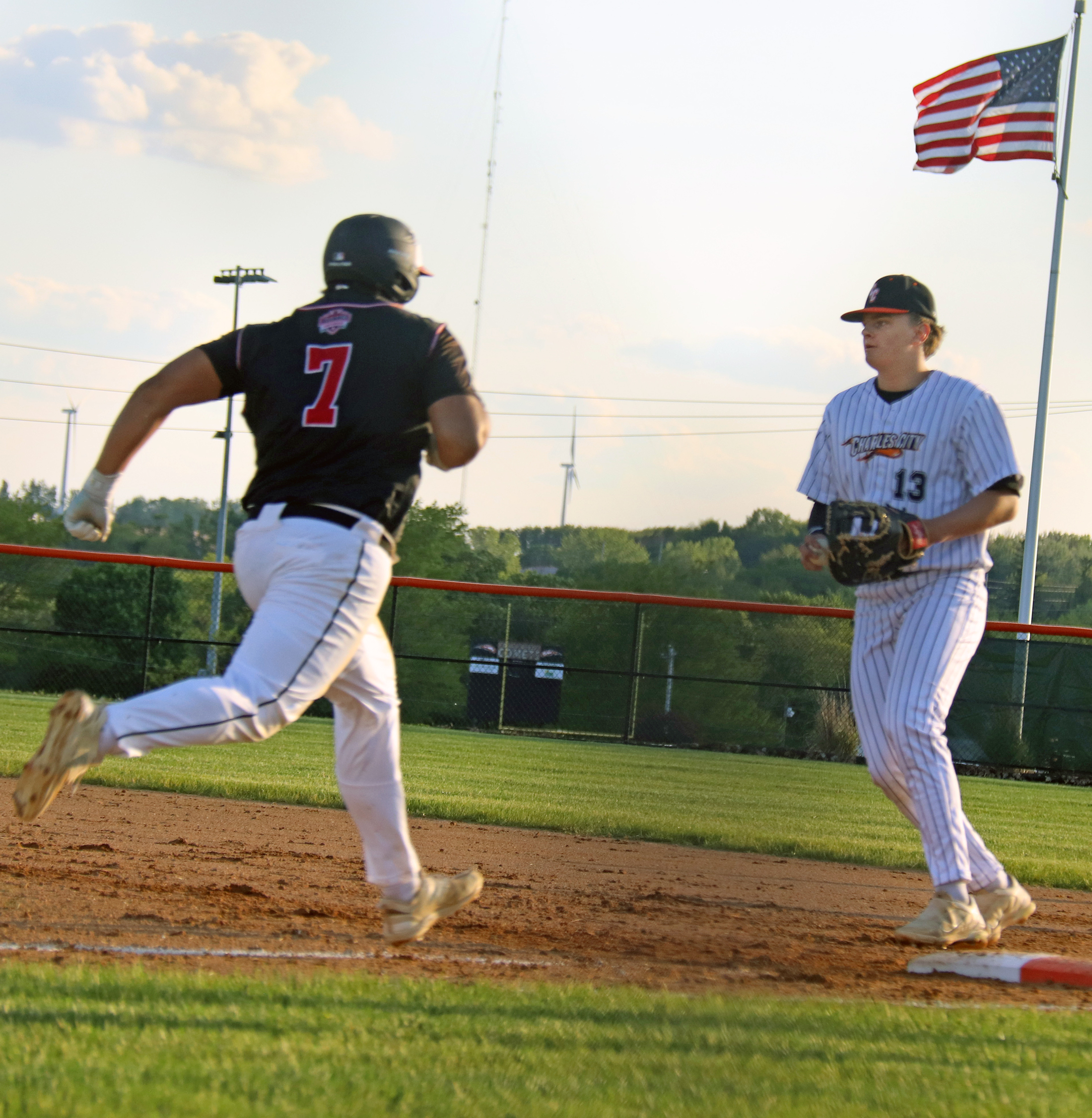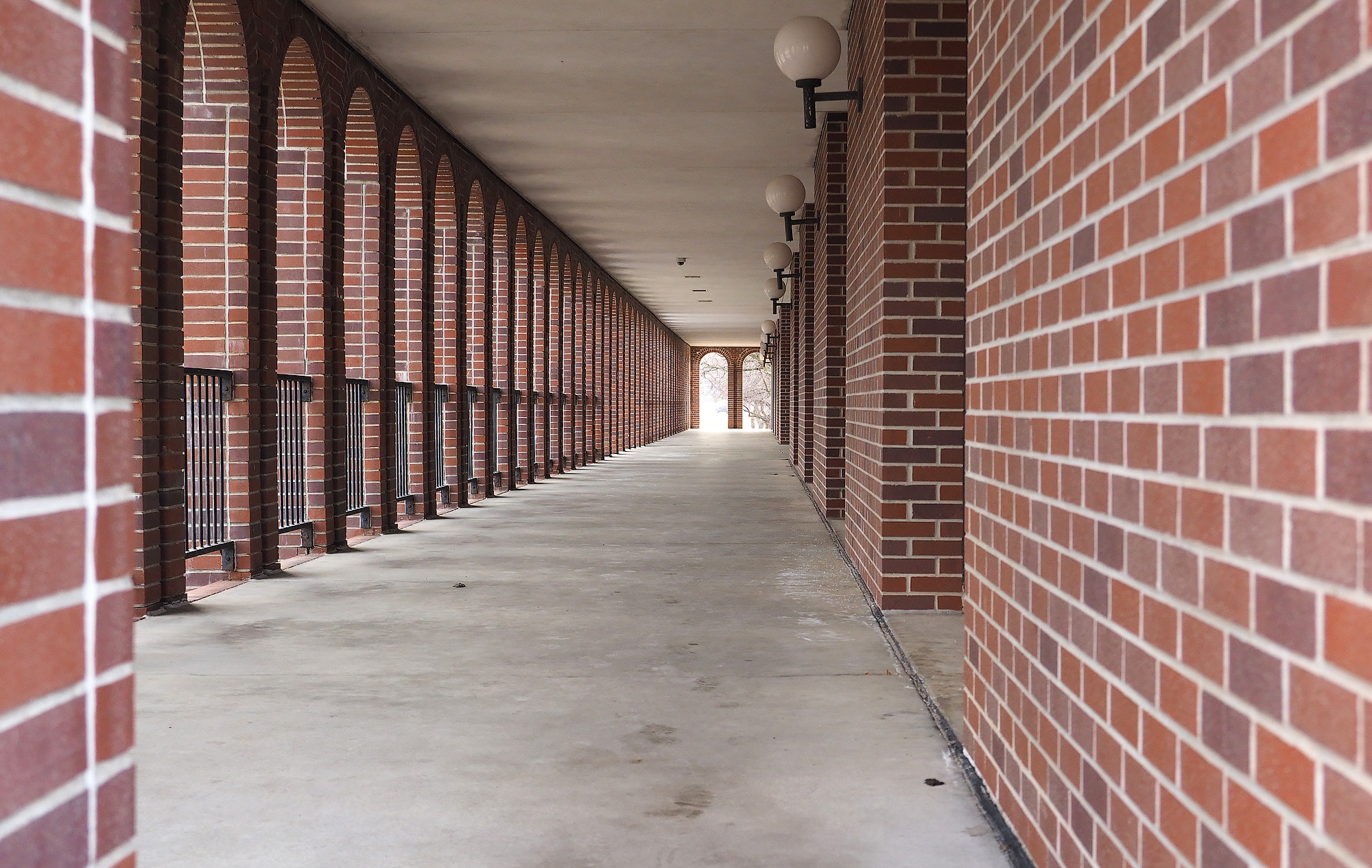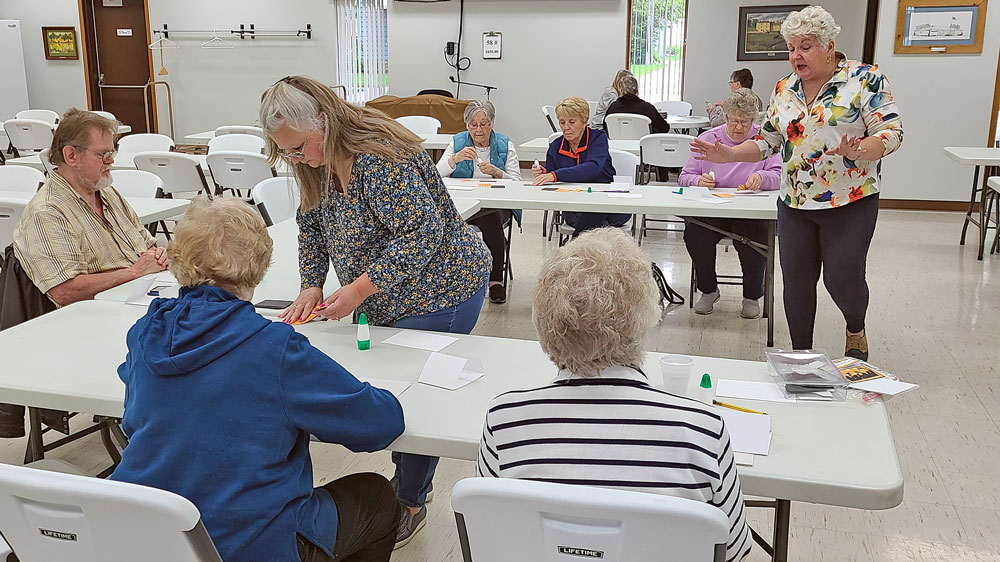Fischer: Infinite Possibilities
By Travis Fischer, tkfischer@charlescitypress.com
Han shot first.
If you understand the context of those three words, then you know that messing around with the cuts of popular movies can be a tricky, and sometimes controversial, endeavor.

Sometimes movies get “Director’s Cuts” or “Extended Editions,” and those are generally well received as fun alternative takes. Especially when you keep the option of going back to the original theatrical release available.
But every so often a filmmaker or studio will tinker with a movie at the source, such as the infamous Star Wars Special Edition, the late 90’s remaster of the original trilogy which cleaned up the film, added some new special effects, and, most famously, changed Han Solo’s introductory scene.
Originally, when confronted by fellow space scoundrel Greedo, Han takes the initiative and shoots the alien from under the cantina table when Greedo declares his intention to bring Han to Jabba the Hutt. In the Special Edition, the scene is digitally adjusted so that Greedo takes a shot at Han first and somehow misses him at point blank range before Han dispatches him in an act of more clear-cut self-defense.
Theories behind the reasoning for such an edit span far and wide, but whatever the true motive was, to say the edit has been controversial would be an understatement. Since then, subsequent re-released of the Star Wars Trilogy have tweaked the scene even further, with the most recent version of the scene splitting the difference and having the two essentially firing at the same time.
It’s an extreme case, but it demonstrates how messy things can get when you decided to start tinkering with otherwise finished products.
Which brings us to “Spider-Man: Across the Spider-Verse.”
As theater-going audiences quickly discovered earlier this year, they weren’t just watching a movie about different variations of Spider-Man. They were watching different variations of the movie itself.
Early on, eagle-eyed fans noticed that repeat theatrical viewings weren’t exactly uniform, with film editor Andy Leviton eventually confirming that there were at least two versions of the movie being shown. The changes were relatively minor, ranging from some slightly different visual effects to adjusting a few lines of dialogue, or even just swapping out different takes of the same line.
Presumably, the changes were made to go along with an updated theatrical cut of the movie to fix a technical issue with the sound, but it’s impossible to say if having multiple versions of the same movie was always part of the plan or if the filmmakers were just taking advantage of the sound fix to introduce some additional tweaks.
This all made for some fun novelty at the time, but the impending home release of the movie has left fans wondering what the “definitive” version will ultimately be.
Comparing bootleg recordings of the original theatrical release to the recent digital release, fans have compiled a list of the changes made between the two cuts.
Most of them are so minor that they would be almost imperceptible to anybody not directly watching the two versions side-by-side.
Going through the list, most the changes are edits that I would argue are either better for the movie or so trivial they aren’t worth having an opinion on.
Some of the changes though, one in particular that I won’t spoil, is kind of sticking in my craw.
And thus, we have the peril of making post-release edits. Because once you release something and then come out with variations for it, you create the impression that there are options to choose from. Viewers develop a preference for one or the other and will see any release that doesn’t include those preferences as being “incomplete.”
Intellectually, I know that for every line of dialogue spoken in the movie there are probably ten takes of a half-dozen variations that weren’t used. The two known cuts of the movie represent a just a tiny fraction of the countless possible configurations we could have gotten.
Emotionally though, just knowing that there’s a version of a movie out there, or even just a version of a single scene, that I would prefer over the “final” release gnaws at the back of my mind.
It’s completely irrational. I know alternate takes or scenes I’d prefer likely exist for every single movie I’ve ever watched, but actually seeing them outside of the abstract somehow makes it more real.
The digital age has made it exceptionally easy to continue working on projects after they are supposedly “finished.” Post-launch patches in video games have been common for years and now we have movies and television taking advantage of the technology, from removing errant Starbucks cups from “Game of Thrones” to fixing technical issues in the middle of a movie’s theatrical run.
There are definitely advantages to having such options, but media creators would be wise to be very careful about what they let out from behind the curtain. Once you give the audience something, they won’t always be keen about it being taken away.
– Travis Fischer is a news writer for the Charles City Press and is both obsessive and technically proficient enough to have edited his own preferred cut of the Star Wars movies.








Social Share